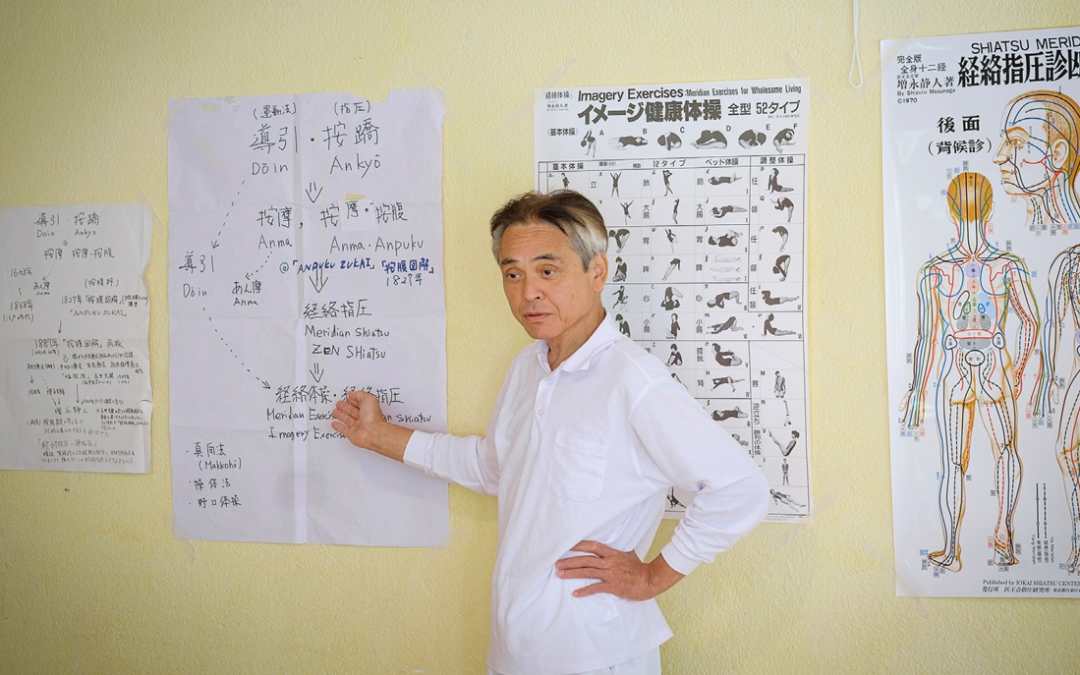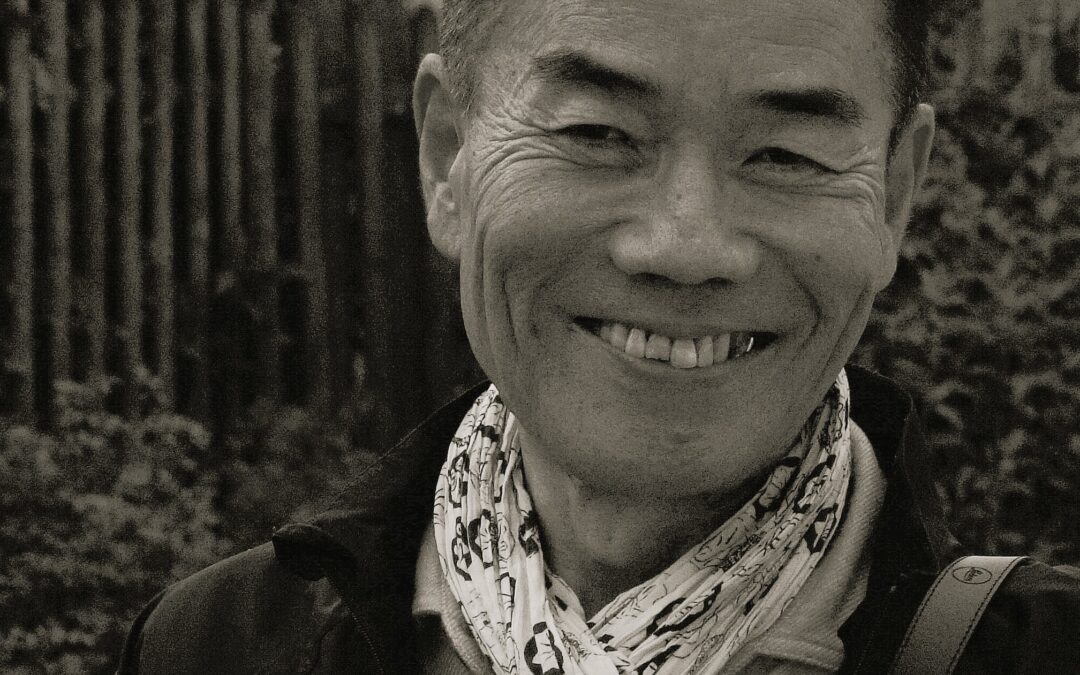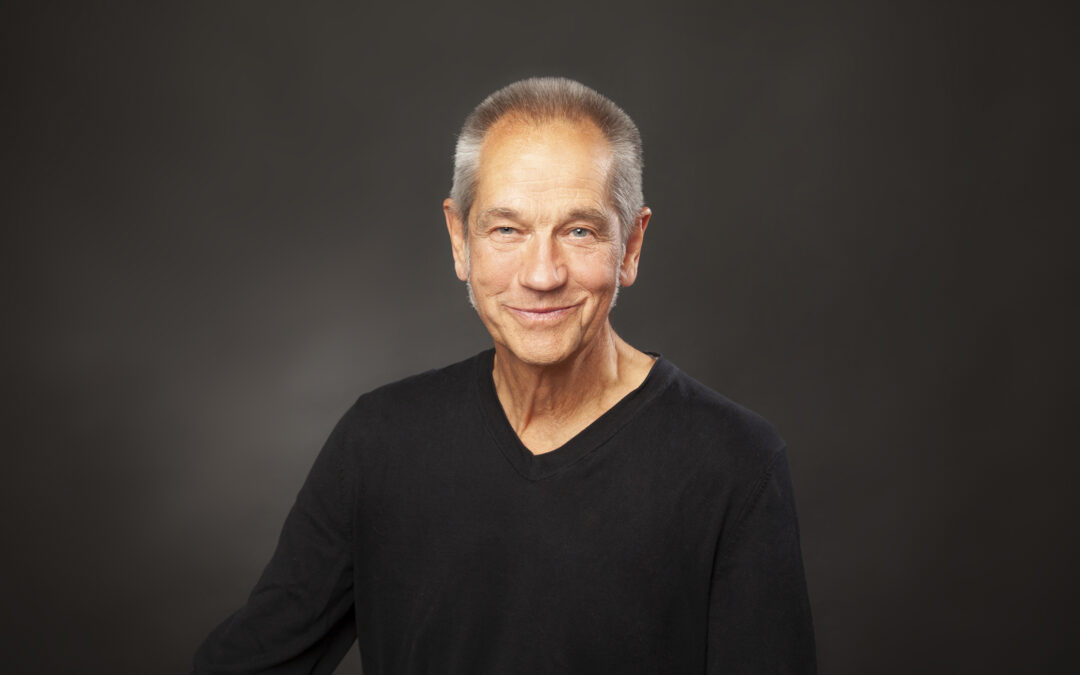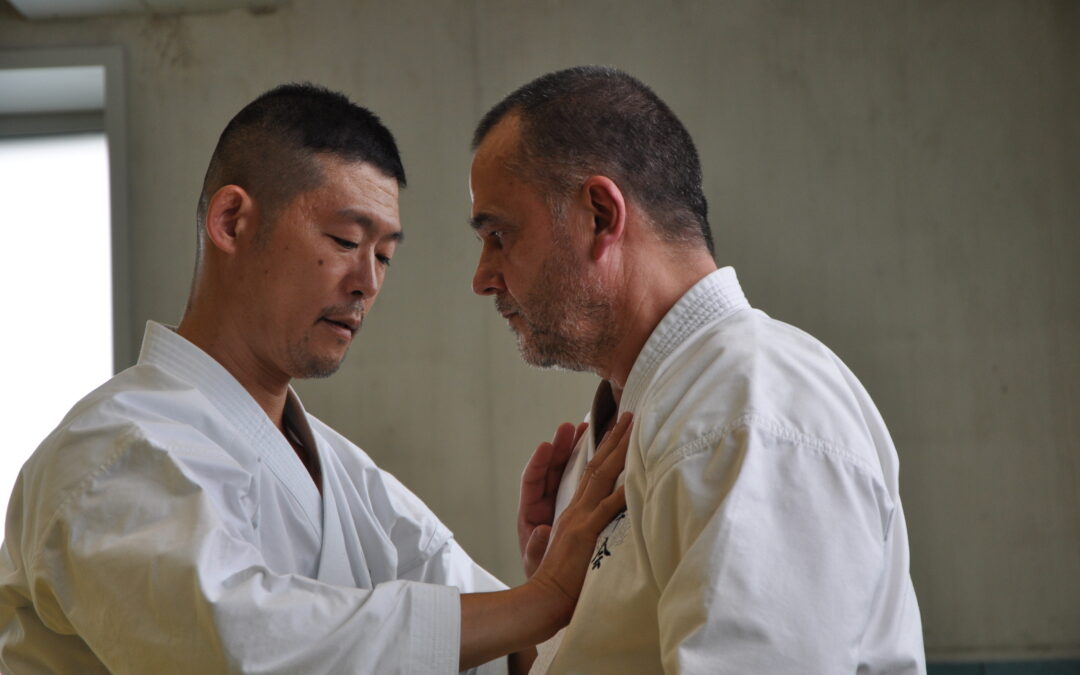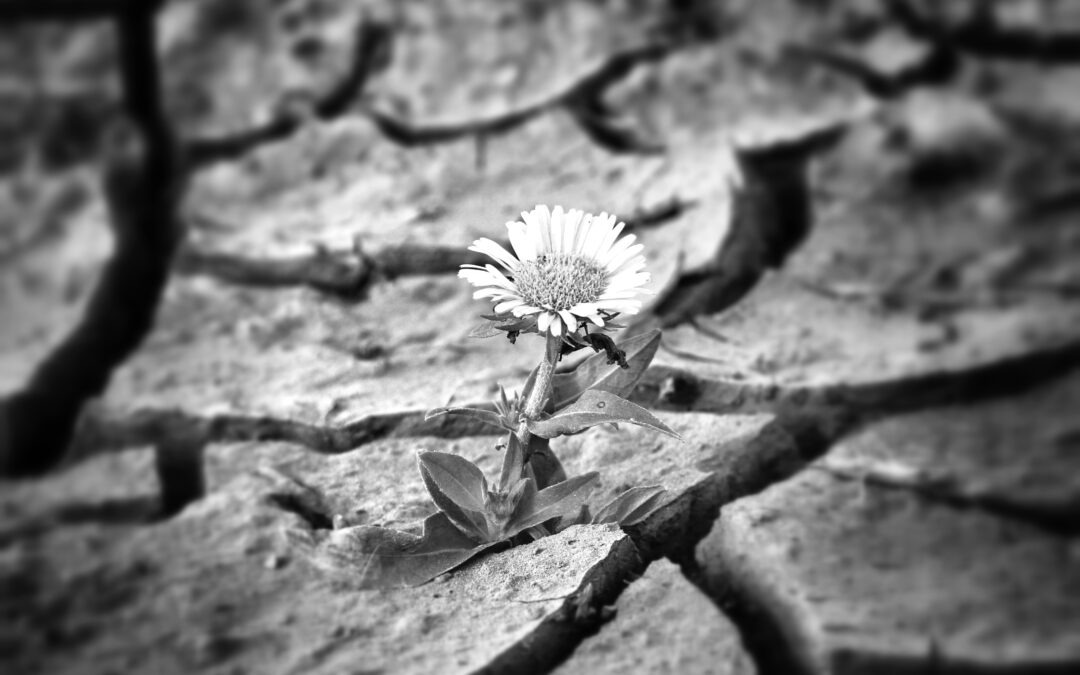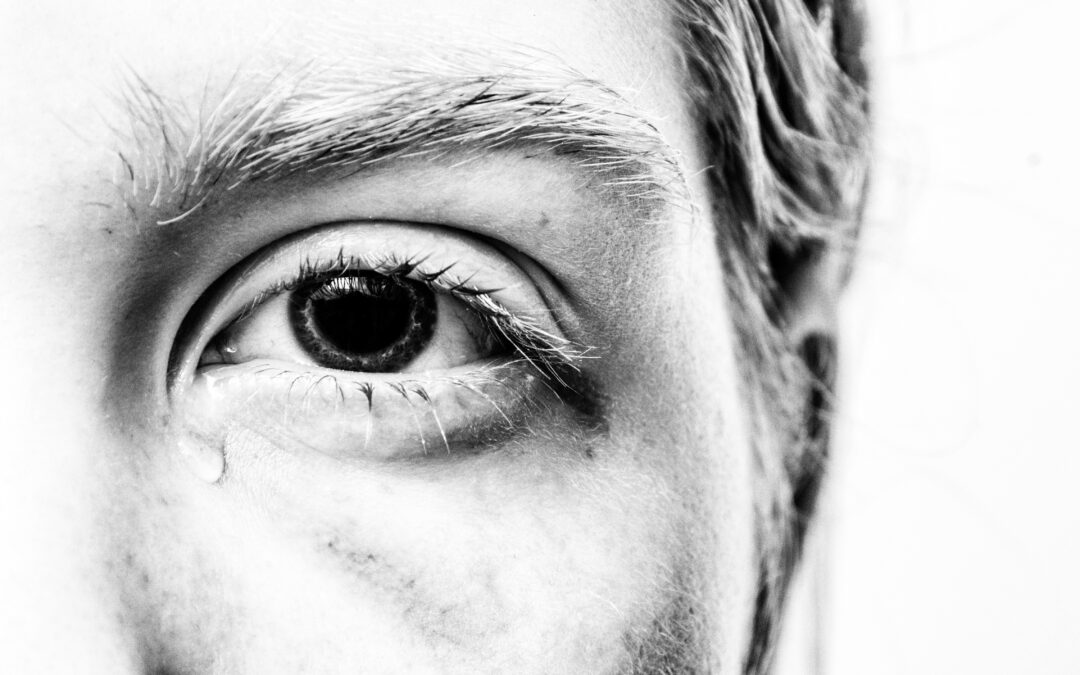The “Source” points are usually the first family of points that students will learn by heart. Easy to locate, these points are a classic in basic Shiatsu treatments. But when studied, they reveal a fascinating depth that takes us farther than we might think at first thought. Rediscover the Source points and how they work.
Any student who begins learning about the meridians learns the Starting Point, the Ending Point and in between, the Source Point. Why does this family of points come up so quickly in the study? Firstly, because each meridian has a Source point, without exception to the rule, which is very practical, i.e., 12 meridians = 12 Source points. Secondly, the Source points allow us to re-energize a meridian as well as the associated organ when it is down, especially those located on the Yin meridians (see below: Use of Source points). Like a spring that is unclogged, it lets the Ki rise to the surface and then flow into the meridian. Besides, to designate the word “Source” in Chinese, there are two different characters.
- The first 泉 (quán) indicates a cavity from which water emerges.
- The second character 源 (yuán) takes the first character and adds a key to the left, which emphasizes the idea of water flowing from the source. It is easy to see why, in the case of an Emptiness, this point quickly becomes a treatment reflex.
However, it is not always easy to release this source. The Source point can also become “dry” and lacking energy. It must therefore be stimulated and tonified so that it can play its role, which is not always painless. Those who have already experienced a significant energy deficit should remember the state of the Kd 3, for example. It becomes hard as a rock and is painful when pressure is applied. This is why the Source points come up very often in treatments and balancing of the meridians between Yin/Yang couple with the help of the Luo point of the opposite polarity meridian (host and guest principle). Practitioners should touch them every day to check their condition, which makes self-diagnosis quite easy.
How the Source Points Work
The most important thing to know when using Source Points is the difference between Yang and Yin meridian points, as their effects are not the same.
- For the Yin meridians, the Source points are used to tonify the organs, to replenish them.
- On the Yang meridians, the Source points are mainly used to eliminate pathogenic factors.
According to the Spiritual Axis, the Source points are chosen to treat pathologies of the Yin organs. And for good reason, they are related to the original Ki (Yuan Qi). The latter is contained in the Kidneys, stored in Qihai (Chinese)/Kikai (Japanese), the famous CV6, “Sea of Energy”.
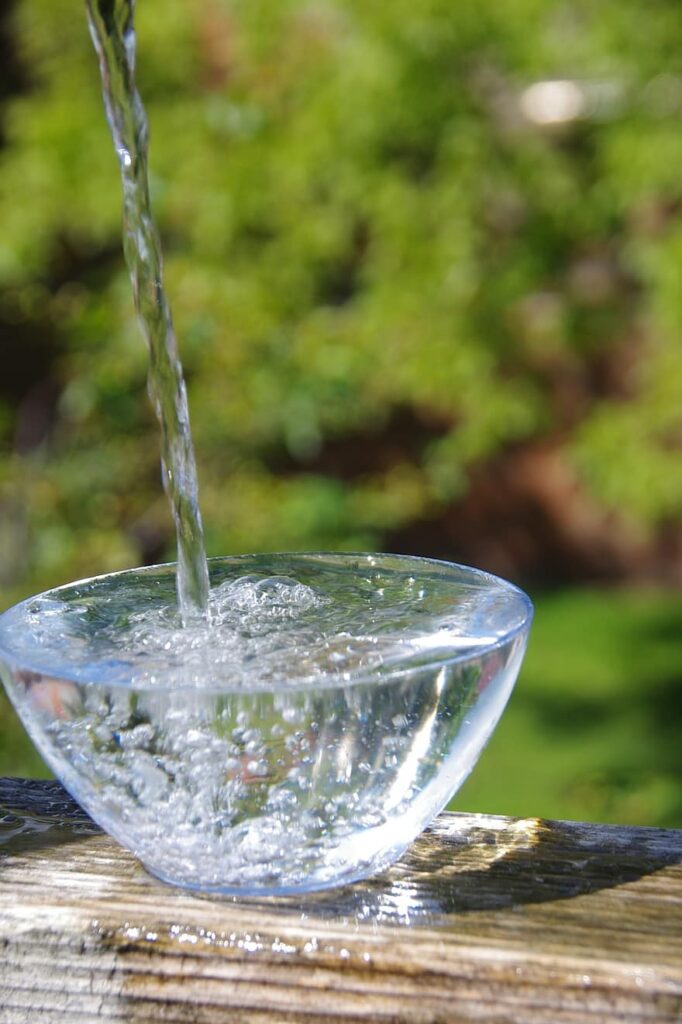
According to the Nan Jing Classic of Difficulties, we can see in chapter 2 that there is one little piece of additional information. Both PC 7 and Ht 7 are “Heart Source” points. But this is due to the lack of knowledge of these two organs (heart and pericardium) which were one and the same at the time of writing this classic of Chinese medicine. It is mainly said that the original Qi, located between the two kidneys, at the Ming Men (chin.)/Meimon (jap.) point alias GV 4, the “Gate of Life” is the root of the 12 meridians. The Triple Heater allows the original Qi to circulate in the three Dan Tian, to be differentiated, then to reach the different organs and finally their respective meridians. The Qi then re-emerges at the Source points. In other words, the energy that comes to replenish a meridian via its Source point does not come from nowhere. It is Yuan Qi.
Note: the Source point of the Triple Heater acts as a booster for the spread of energy throughout the meridian system.
However, be careful not to use them all at once on a person in a state of general weakness (burn-out for instance), as the effect will be the opposite of the one intended. Basically, if there is not enough Qi in the body, especially in the Kidneys, the fact of calling more Qi on a point will “burn” this point by asking it to act when it does not have enough resources for that. It is a bit like making run an engine without oil. Very quickly, the engine will heat up and eventually break down. This is true for all the points of the body as soon as it is deeply weakened. To correctly raise the energy of a person in this case, we must refer to the theory of the 6 layers.
What are the real Source points of the Yang meridians?
Since we mentioned earlier that the Source points of the Yang meridians are used to chase away pathogenic elements, they are not the points that replenish these meridians. But then, who gets the job done? This is the role of the family of 6 lower Sea points, whose name Sea should give us a hint. When we see the word “Sea” in an acupuncture Atlas, it implies that it is a deep point like the Sea, with deep effects, which contains a lot of energy. The name “Lower Sea” also indicates that the point is in the lower part of the body, since “lower” has been translated as to reflect the physical location and not the fact it is “inferior”. This is not the case, quite the contrary. Indeed, these points are very effective.
These points are :
- For the Stomach: St 36 (Zu san li) 3 cun (one hand) from St 35 which is at the outer and lower angle of the kneecap, or 1 cun ext. below the tubercle of the tibia. It is also the Sea point of the 5 Ancient Shu of the Stomach, so it has a dual effect.
- For the Large Intestine: St 37 (Shang Ju xu) at 3 cun (one hand) under St 36. It is also a Tsubo of the family known as the 4 Seas. So dual effect.
- For the Small Intestine: St 39 (Xia ju xu) at 3 cun (one hand) under St 37. It is also a point of the 4 Seas family. So, it has a dual effect.
- For the Triple Heater: UB 39 (Wei yang) at 1 cun lateral to the outside of the popliteal cavity (UB 40)
- For the Bladder: UB 40 (Wei zhong) in the middle of the popliteal cavity. It is also the Sea point of the 5 Ancient Shu of the Bladder, therefore dual effect.
- For the Gallbladder: GB 34 (Yang ling quan), in the depression under the head of the fibula. It is also the Sea point of the 5 Antique Shu of the TH, therefore dual effect.
These points are all well-known and finally are not such a big surprise. First of all, we can see the power of the Stomach and the Urinary Bladder as great distributors of Yang energy for almost all the organs, with the exception of the Gall Bladder, which takes care of itself. Then, all the points except the TH are part of a second family which also bears the word “Sea”, which says a lot about their power to recharge, and to nourish the meridian.
Now that we have a clearer picture, we can visit the Source points according to tradition, i.e. including the Yang points. But when you want to use the points that really replenish the Yang meridians, you should refer to the list of lower Sea points. In this way, you will increase your action to revitalize all the meridians without discrimination.
Locating the Source Points
The rule says that to find the “Source” points, you must start from the ends of the limbs (fingers and toes) without considering the direction of circulation of the Qi of the meridian. From there, the “Source” point is always the Kd3d one going up a Yin meridian and the 4th one going up a Yang meridian. There is an exception (which confirms the rule) for the Gall Bladder where it is the 5th point. Thus, when one knows by heart the location of the points on the meridians, it is easy to find them by counting from the extremities of the limbs.
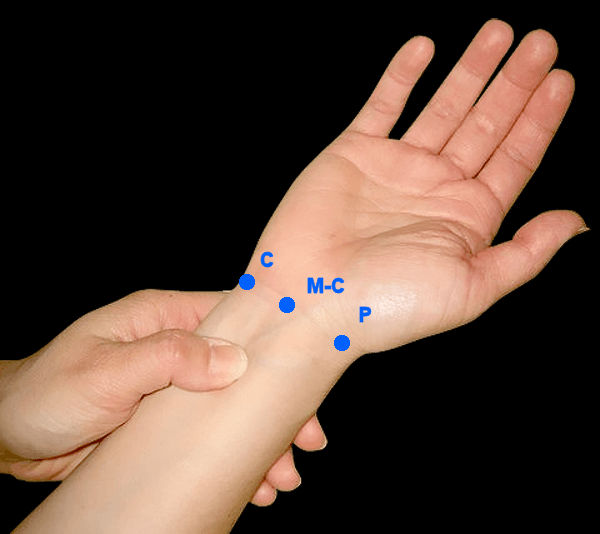
Even easier, almost all the “Source” points on the arm meridians (Shǒu 手) are found in the wrist bend, inner as well as outer side (except LI4 and SI4 which are a bit off). On the leg meridians (Zú 足), they are distributed as follows: two on the inner side of the foot, two on the outer side and two again on the top of the foot. Knowing all of this, all we need to do is get down to business with the following list.
Summary of the ” Source ” points
- Lung: Lu 9
- Large Intestine: LI 4
- Stomach: St 42
- Spleen-Pancreas: SP 3
- Heart: Ht 7
- Small intestine: SI 4
- Urinary Bladder: UB 64
- Kidney: Kd 3
- Perricardium: PC 7
- Triple Heater: TH 4
- Gall bladder: GB 40
- Liver: LV 3
Lu 9: Supreme/great abyss (Tai yuan)
Infos: The name of this point indicates that it is deep. It is the place where the radial artery enters. Its ancient name is even clearer: Taiyuan, or “Supreme Source”, which indicates that this is the place where the Qi is distributed. To locate it, go to the fold of the wrist, in the path of the Lung meridian, in a hollow just beside and outside the radial artery.
Effects: Calms cough and fluidifies secretions, tones the Lung meridian, strengthens blood vessels.
LI 4 : Union Valley (He gu)
Info: Also known as Hukou “Tiger’s Mouth” (to indicate its strength, but also the space between the index finger and thumb), this point has both the meaning of “adjusting, harmonizing” and “deep ravine, throat”. Again, the idea of depth explains that this is a “Source” point, which goes to the entrails to get the energy needed for the meridian. It is also part of the 4 barriers points.
Effects: Promotes communication in the Luo, unblocks blockages (role of the 4 barriers), removes pain, relieves the surface area, eliminates Wind, rectifies Yang in the upper part of the body, purifies Heat, awakens the brain, removes intestinal problems, opens orifices, treats problems of the face and oral cavity, eliminates the blockage of menstrual Blood
St 42 : Surging Yang (Chong yang)
Info: This point has many nicknames which are all very significant of its function: “meeting of the gush, meeting of the source, bones united, meeting of the bend (of the ankle), meeting of Yang energy”, or simply “instep of the foot”. With all these names, it is easy to locate it. It is located on the instep, 1.5 inches below the St 41, and next to the dorsal artery of the foot, between the metatarsals of the big toe and the second toe.
Effects: it restores the free flow of Yang, strengthens the Spleen, eliminates Dampness.
SP 3 : The great/supreme white (Tai bai)
Info : Obviously, the translation of this point makes one think of the great white shark that swims in the cold waters of South Africa, but it has no relation… except perhaps the pain it inflicts when it is not well. Truth is it is a bad translation, because it should be said “the great white”, which is the nickname given in Chinese to the planet Venus. Venus is linked to the Metal element and this point is the one of the 5 ancient Shu which corresponds to the Earth, thus generating Metal. It is also the Ben point, i.e., the Root point. It is located behind the 1st metatarsal, on the inner edge of the foot.
Effects: Tones the Spleen, treats diarrheas related to states of Emptiness (of the Spleen, the Stomach, the Kidney)
Ht 7 : Spirit Gate (Shen Men)
Info: The Spirit Gate (Shen) is one of the most well-known points, as its effectiveness in calming the mind is very powerful. But it is also known as Duichong, or “crossroads of exchanges”, because it is at the crossroads of many aspects of energy, including Blood, Qi and Shen. It is found in the fold of the wrist, on the front side, on the Heart meridian.
Effects: It tones the Heart meridian, calms Shen, tones Blood which roots Shen, disperses Heart fire, opens orifices, helps sleep, treats epilepsy, stops seminal loss, alleviates memory loss, treats menstruation disturbed by emotions.
SI 4 : Wrist bone (Wan gu)
Infos : located in the last fold after the 5th metacarpal joint, between red & white flesh, on the side of the little finger. If it is not clear to you, maybe you can say that it is at the end of the “heart line”, if you like reading the lines of the hand. The original meaning of this point is quite curious. “Hou” stood for the figure standing behind a prisoner, a prisoner whose lower limbs were tied. At first glance, it refers to a guard who escorts a prisoner, while remaining behind, and holds him by a rope. The meaning evolved into “walking by stretching a thread”, then more recently in the history of the Chinese language into “back, posterior, behind”. The other word indicates a stream at the bottom of a valley, which in the context of “Source” points is quite meaningful. But who is behind, hidden, but connected by a rope? It is the Governing Vessel, of which SI 3 is the Key Point, thus reinforcing its role as a Source Point.
Effects: it stimulates Taiyang, dissipate perverse energy to the outside, communicates with Du Mai (GV), treats the upper back (distal point), treats epilepsy.
UB 64 : Capital bone (Jing gu)
Infos : This time the name of this point gives us information about its location, it is what we call a “geographical” name. In this case, the protruding bone is the one on the lateral border of the foot (external side). The point is located just below and in front (in the direction of the meridian) of the tuberosity of the bone. Its other name is “Capital Bone” to emphasize its importance. However, it is surprising that the point is not that deep. Perhaps it is the exception that confirms the rule? Or maybe we’ll remember the existence of the “Lower Sea” points, but that’s another story…
Effects: It chases the wind, dissipates the heat, improves the circulation in the meridian.
Kd 3 : Great Ravine (Tai xi)
Infos : Here we are once more facing the term “supreme”. When it appears, remember that it is not a usurped term. This word emphasizes the therapeutic importance of this point. Anyone whose Source Point in the Kidney is not in good shape usually remembers this as soon as it is pressed: it is hard as a rock. In fact, the shiatsushi feels like gravel under the fingers, which can be quite painful for the receiver. This “Source” point is of a high importance, firstly because it is the one of the Kidney meridians, secondly because it is the ancient Shu which has the Earth role on this meridian. The Earth role is related to the Blood and its “Source” role gives it a dynamism which is related to the Fire of the Kidney. You will find it in the hollow between the internal malleolus of the ankle and the Achilles tendon, where the anterior tibial artery can be felt beating.
Effects: It regulates Chong Mai (Penetrating Vessel) and Ren Mai (Conception Vessel), tonifies the Kidney meridian, clarifies its source, controls Fire, refreshes Lung, stops throat noise, nourishes Yin, tonifies (good) Heat useful to the body and eliminates Humidity.
PC 7 : Great Mound (Da ling)
Info: The Pericardium “Source” point has many purposes. It is also an ancient Shu point with the Earth Function, it is the point of dissipation (Son of Fire) and the 4th of the 13 Demon points (or revenants, or ghosts). It is in the middle between the “Source” point of the Lung and the Heart, in the fold of the wrist, between the two tendons of the carpal flexors. This particular place gives it a special role which is found in its other name Xinshu (Protector of the Heart). It is there to protect its Master (remember that the Heart is the Emperor) and to regulate the emotions coming from the Lung.
Effects: it soothes the Spirit (Shen) and the Heart, it disperses the Heat of the Heart, it lifts the heaviness of the wrist joint.
TH 4 : Yang pool (Yang chi)
Info: The “Source” point of the Triple Heater is a special case. Indeed, the Triple Heater meridian is not linked to a physical organ, but its role is to distribute the Qi of Ming Men (“Gate of Life”) to the Three Dan Tien and consequently to all the meridians. Therefore, the “Source” point boosts the Qi in all the meridians and for this it needs a large reserve of Yang, hence its other name “Yang Reservoir”. But it cannot be compared to Yang Qi as it powers Yuan Qi, so it is also called “Distinct Yang”, so as not to be confused with it. It is located in a hollow on the dorsal side of the wrist, on the ulnar edge of the tendon of the extensor digitorum communis (on the auricular side).
Effects: disperses Heat, strengthens joints, relieves tendons, treats deafness, nourishes Yang meridians.
GB 40 : Big mound (Qiu xu)
Info: Despite the absence of the word “big” in its name, its two characters categorize it as such since it can be read as “mound, hillside, elevation of the ground” and “hummock”. When two words are used to say the same thing, it is because emphasis is being given. In short, everything is done so that you can find your way around anatomically, since the point is located right next to an elevated area (the external malleolus of the ankle), in a hollow below and in front of the tendon of the extensor digitorum communis of the toes.
Effects: It purifies the Heat of the Liver and Gall bladder, strengthens the tendons and joints.
LV 3: Great Surge (Tai chong)
Info: We finish the family of “Source” points with another great classic of Shiatsu treatments. Its previous name was “big beating”, but that was not enough, so we changed from big to Great to emphasize its strength. Two meanings are generally retained: one to indicate the proximity of the foot artery and the other for “great assault”, which also corresponds to one of its functions which is to bring down the Qi that assails the upper body. It is also said to help the Kidney, and for good reason, this point is located just above the Kd 1 which is not a “Source” point but is called “Gushing Spring”. It is located on the back of the foot, going up the metatarsal space between tarsus 1 and 2, until you can’t go any further (as for LI 4) because of the junction of the bones. Note that it is also part of the Shu points with the Earth function.
Effects: It makes Qi circulate and strengthens the Liver meridian, harmonizes Blood, eliminates convulsions. In dispersion it brings down the Liver Qi which stagnates in the vertex (and causes headaches) and calms the Liver Yang.
Good practice!
Author : Ivan Bel
- Book review: “Another self” by Cindy Engel - 30 September 2024
- 24-26 October 2025: Master Class in Vienna (Austria) – Shiatsu and martial arts - 20 August 2024
- Anpuku Workshop with Ivan Bel in London – 7 & 8th, June 2025 - 22 June 2024
- Interview with Wilfried Rappenecker: a european vision for Shiatsu - 15 November 2023
- Interview : Manabu Watanabe, founder of Shyuyou Shiatsu - 30 October 2023
- The points that chase away Dampness - 11 June 2023
Translator



